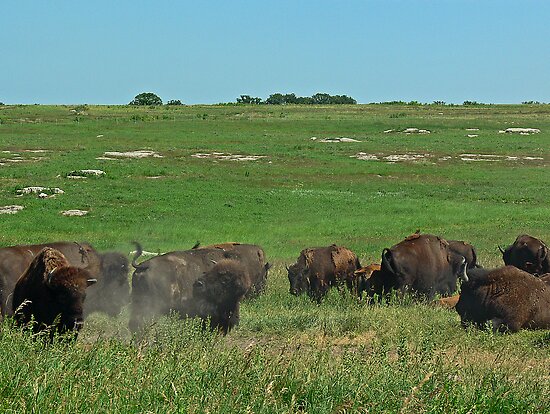The Ojibwe/Chippewa was the bigger, tougher tribe that had chased the Dakota/Lakota/Nakota out of Canada and the Upper Midwest out onto far more desolate high Northern plains so an alliance would be very unlikely with centuries of warfare and raids between them. This is marginal country that doesn't support many people in clusters (without mechanized farming and railroads) so think of a fairly small number of guerrilla bands, perhaps a thousand warriors total (age 14-25 or so, the veterans protect the camp so it's more novice adolescents with lousy group discipline but a lifetime of training in certain skills.) That's why they're mostly defeated by attacks on their camps rather than in open combat (like the Afrikaan Boers.)
So at most it disrupts further a minor front, Minnesota, drawing more former Confederate prisoners as frontier defenders/"Galvanized Yankees" so fewer died in the prisoner camps.
OTL's campaign which attacked non-participating Lakota tribes in Alfred Sully's expedition to find someone to vanquish and get back to the main battlefronts does plenty to make them hostile and Red Cloud's War is already beginning to the West in Wyoming and Montana so nothing much would change there.
If the Minnesota and Dakota tribes fled West entirely, resettling in mostly empty Montana, Idaho, and Wyoming which is a reasonable POD. That would intensify the fighting out here with more warriors so potentially:
1. Red Cloud's War is more decisive in wiping out patrols, woodcutters, wagon trains, cattle drives, prospectors' camps, etc.. That probably would make the U.S. Army less ready to settle it and the posts along the Bozeman Trail would be reinforced and expanded after the Civil War allowed it.
2. 1870's battles where they'd reinforced might change: Crook's forces are wiped out at the Battle of the Rosebud, Reno's forces are wiped out at the Little Big Horn with Benteen retreating rather than reinforcing. Chief Joseph's Nez Perce flight to Canada succeeds with Army troops still chasing the Lakota instead. The Black Hills get a much more intense defense from the gold prospectors and the Northern Pacific Railroad construction crews suffer far more losses but they still follow OTL development just slower and fewer. But Alfred Terry's 1876 expeditionary force (Custer, Crook, Gibbon) had as many soldiers as the entire and unique cluster of camps they chased, it's an overwhelming presence when you think about the total "Sioux" population scattered across 4 vast states at about 36,000 people then.
